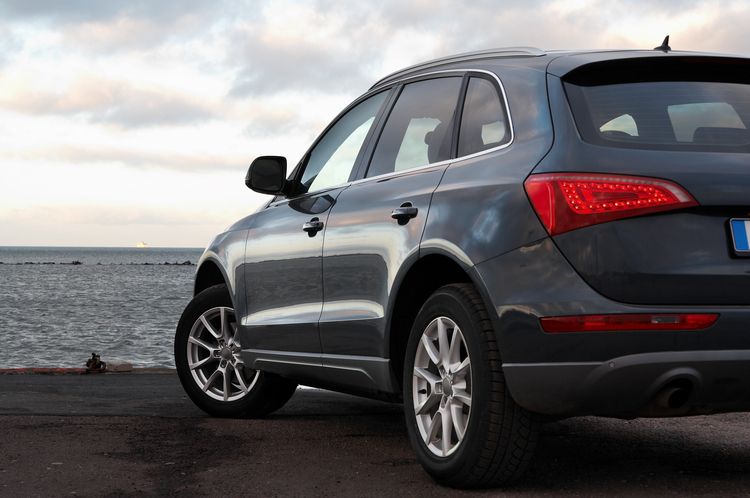
If you are purchasing your first vehicle, you will need auto insurance to protect it. Full coverage personal auto insurance is required if you’re financing the vehicle. And the state of Washington requires that you carry at least liability insurance even if you buy a vehicle without a loan. Here’s what you need to know about the basics of auto insurance.
Auto Insurance Minimum Liability Coverage
Washington requires all motor vehicle owners to have minimum liability coverage to register a vehicle for operation on public roadways. The minimum amounts are:
- $25,000 of bodily injury or death of 1 person in any 1 accident
- $50,000 of bodily injury or death of any 2 people in any 1 accident
- $10,000 of injury to or destruction of property of others in any 1 accident
Liability insurance protects you if you are at fault in an accident where someone else is injured or the vehicle is damaged. It covers their medical bills and lost work time, as well as repairs to their car or truck.
Without this protection, you’d have to pay this out of your own pocket. Given the cost of healthcare and automotive repairs lately, most people couldn’t afford this expense. Liability insurance is therefore a win-win for everyone on the road.
Full Coverage for Better Protection
Liability coverage doesn’t cover damage to your vehicle, though, if you cause a crash. You need your own collision insurance for that. Collision insurance pays for repairs to your vehicle or covers the cost of a replacement. This is essential for people who rely on their cars to commute to work or to manage family life.
Collision insurance is also helpful if your vehicle sustains damages when unoccupied. Say you go to the grocery store and come out to find someone has hit your automobile and fled without leaving a note. Normally, the insurance of the party who causes an accident pays for the damages to someone else’s vehicle. But if you don’t know who that is, your collision insurance can be used to pay for repairs.
What if your vehicle is damaged or destroyed in a fire or storm? What if it’s stolen or vandalized? That’s what comprehensive insurance is for. It’s the second arm of what’s known as “full coverage” auto insurance. Unless you drive a beater that you own free of any liens, full coverage insurance is always the way to go.
How to Save Money on Auto Insurance
Auto insurance is one expense you don’t want to skimp on. But you certainly can save money in two ways.
Bundling auto insurance
First, ask your agent at Spangler Insurance about bundling your auto policy with other coverage you have, like your homeowner or renters policy. When you have all your insurance under one roof, the administrative costs are lower. So we pass that on to you in the form of a bundling discount.
Balancing your premium and deductible
Second, talk to your agent about how premiums and deductibles work together. The deductible is a small amount you are responsible for when you file a claim — usually about $500 or $1,000. Deductibles were created to prevent people from filing frivolous or false insurance claims.
When you choose a higher deductible, your premium (what you pay for your policy) will typically go down. And vice versa: pick a lower deductible and your premium will go up a bit.
Who should select a higher deductible? People with excellent driving records or who don’t drive much generally have a lower risk of accidents. So, the likelihood of needing to pay a deductible is lower, too, meaning you will probably be fine having a larger one.
Have more questions about auto insurance not covered above? Need to add a new driver in the household to your policy? Call us at 206-329-7447. We also invite you to reach out online with your questions any time.
